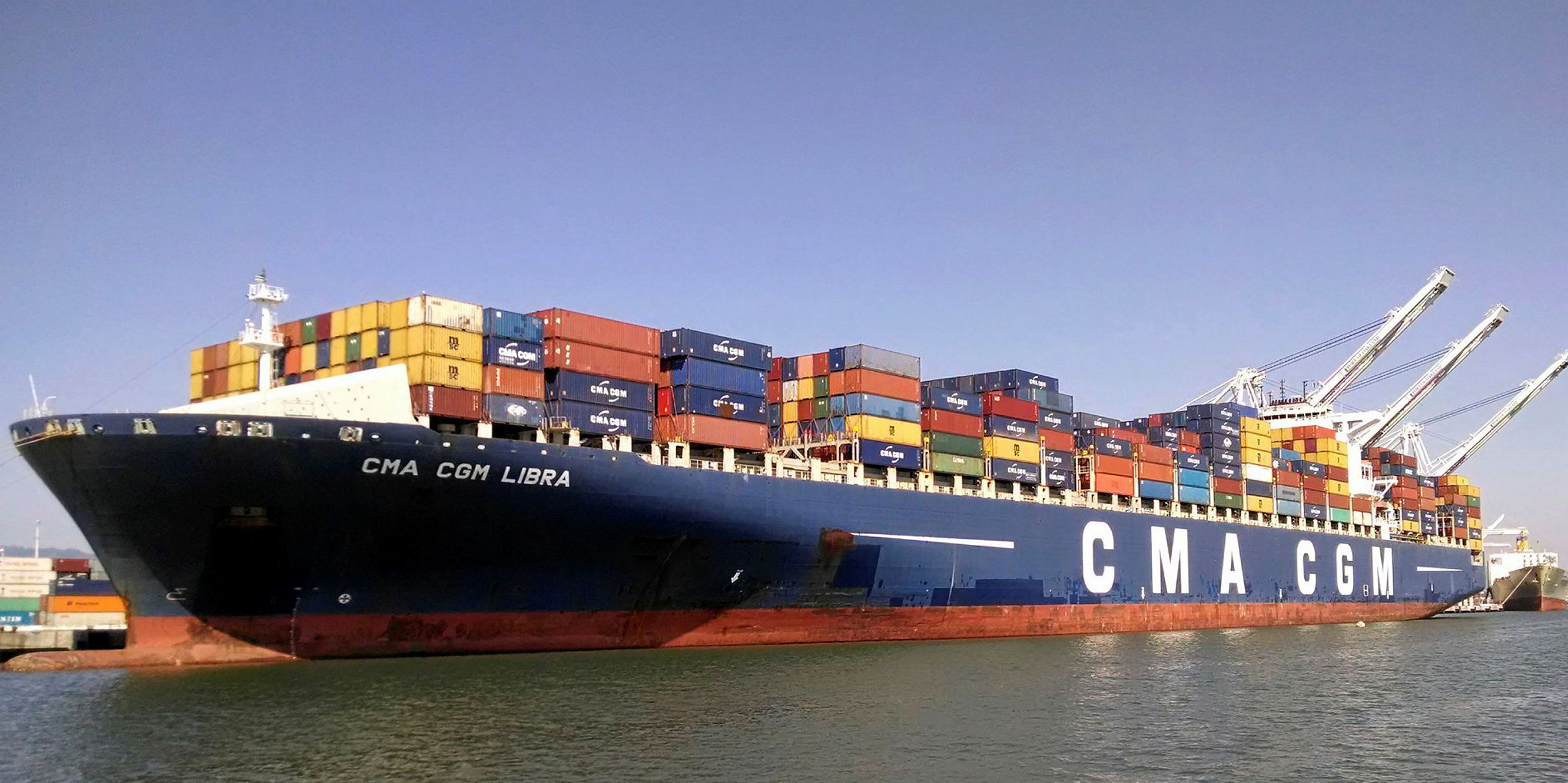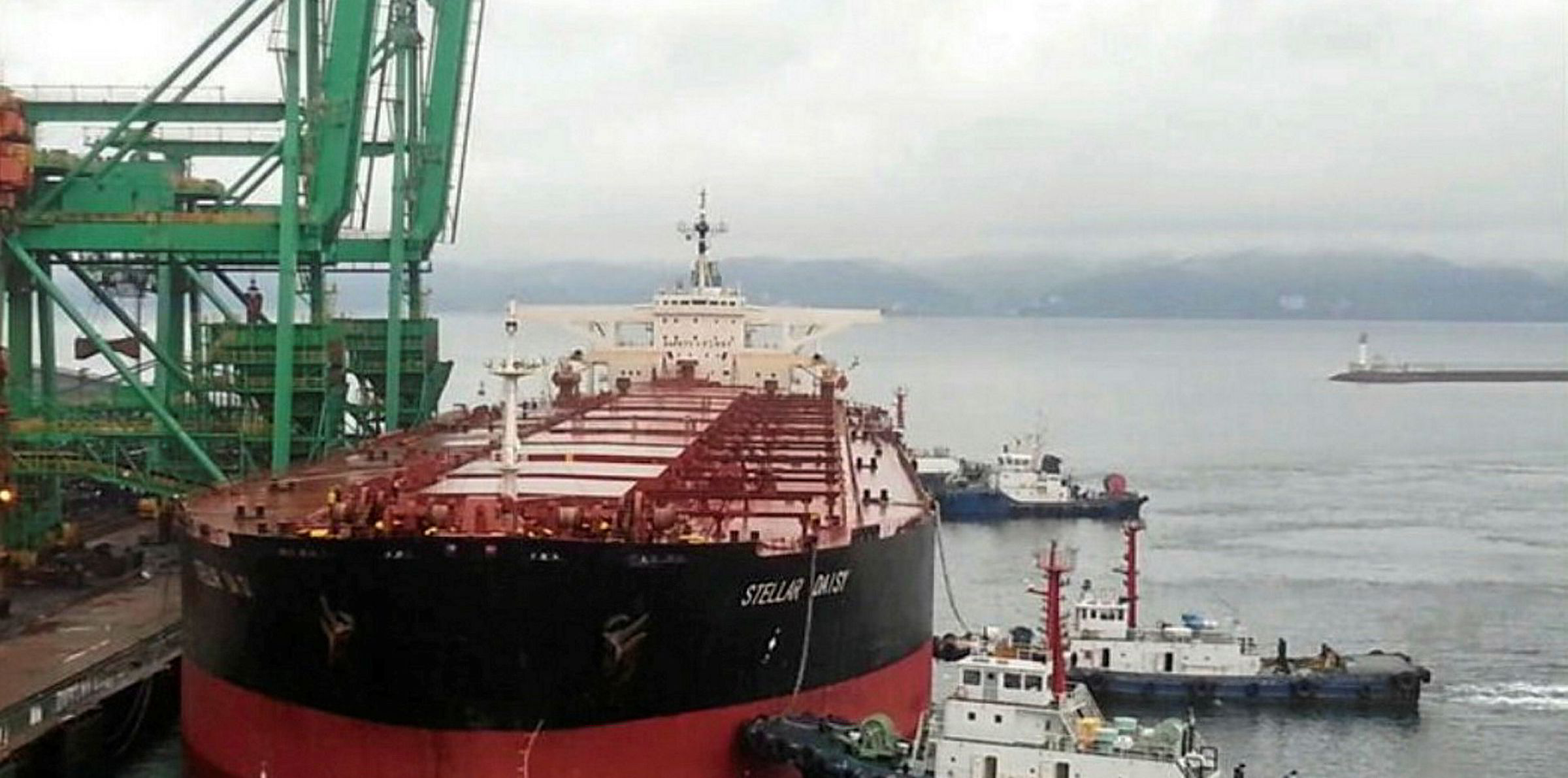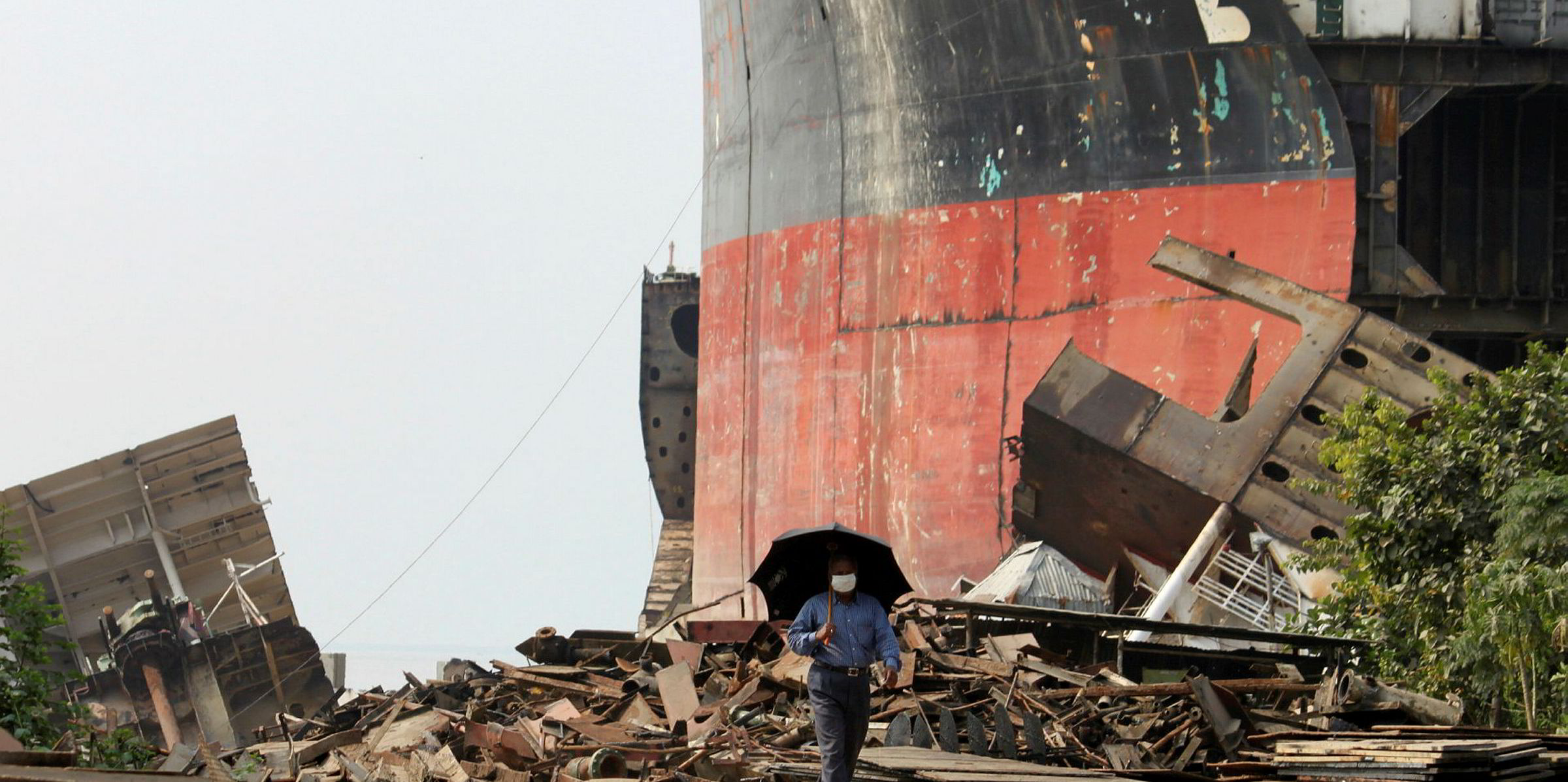French liner giant CMA CGM has lost its appeal against a High Court decision in the UK holding it responsible for a boxship grounding in China due to the vessel's unseaworthiness.
The UK Court of Appeal ruled in favour of cargo interests represented by Allianz Elementar Versicherungs. The insurer been resisting contributing towards general average payments that aimed aimed at spreading the cost of the casualty.
The decision backs up the High Court ruling of Justice Nigel Teare last March, which was believed to be the first time a vessel had been found legally unseaworthy due to a defective passage plan.
The case sets an important precedent that the responsibility of a shipowner to ensure a vessel is fit to sail, or seaworthy, cannot be palmed off on to a master and crew.
The 11,356-teu CMA CGM Libra (built 2009) grounded while leaving the port of Xiamen, China, in 2011.
CMA CGM was claiming the remaining $800,000 from a general average claim of $13m.
The shipowner said the cause of the casualty was an uncharted shoal.
Teare held that the passage plan was defective because it failed to record a warning required by a notice to mariners that depths shown on the chart outside the fairway were unreliable and waters were shallower than recorded on the chart.
The shipowner appealed, arguing that passage planning could not render a vessel unseaworthy because it involved no more than the recording of a navigational decision.
Faulty 'attribute'
CMA CGM claimed that a ship could only be unseaworthy if there was a defect affecting an “attribute” of the ship.
The appeal court held that it is clear that errors in navigation or management can render a vessel unseaworthy if they occur prior to the commencement of the voyage.
There is no relevant distinction between mechanical acts of the master and crew and acts of the master and crew which required judgment and seamanship, it ruled.
The owner also argued that even if the ship was unseaworthy, there was no relevant failure to exercise due diligence, with navigation a matter solely for the master and crew.
But this was rejected. All the acts of the master and crew in preparing the vessel for the voyage are performed in the capacity of the shipowner, the appeal court ruled.
"Once the judge had concluded that the chart had not been properly updated to reflect the warning in the notice to mariners, it is not difficult to see why he went on to find that the vessel was unseaworthy," said barrister firm Quadrant Chambers, which acted for the cargo interests.
"It is well settled that defective charts can make a vessel unseaworthy."
And Quadrant believes the same is now likely to be true for any other defects in passage planning documents.
If a prudent shipowner would have required the defect to be remedied before sending the ship to sea, had it been known, the vessel will be unseaworthy, it said.
"The decision reaffirms once again that the carrier’s duty to exercise due diligence to make the ship seaworthy is non-delegable," the firm added.
Coronavirus questions?
"However, it identifies the fuzziness at the outer limits of that principle: what does it mean to say that a failure to exercise due diligence occurs outside of the carrier’s 'orbit'?" Quadrant asked.
"If, say, the master were to visit somebody suffering from coronavirus while at port with the result that the vessel is quarantined, is that failure to exercise due diligence within the carrier’s orbit?"
The judgment identifies these sorts of questions as problem areas for the law, but does not provide definitive answers, the firm said.
Teare ruled last year: "Whilst the fact that the shoal was not marked on the paper chart may well have been a cause of the grounding it does not follow that the defective passage plan and the master's resulting negligence in deciding to navigate outside the buoyed fairway was not also a real and effective cause of the grounding."
The judgment found the 49-year-old master was probably tired, but not so much that it affected his decision making.
The cost of the salvage was $9.5m.







